Blog
An education in Washington DC: some reflections
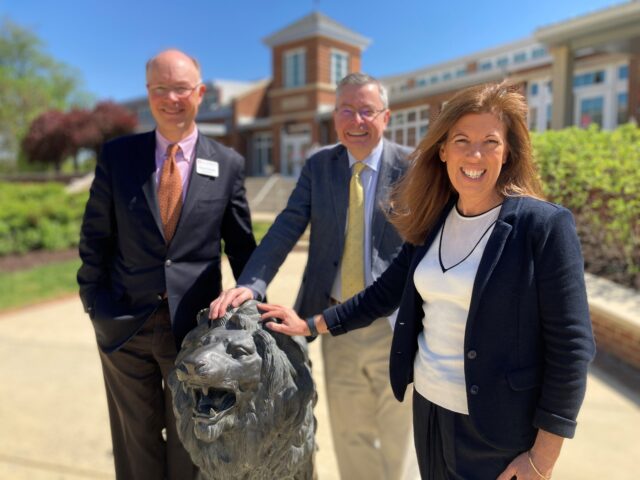
Dr Simon Hyde & Kate Howell
General Secretary & Director of Education, HMC
Read the blog
In April 2023, the General Secretary, Dr Simon Hyde, and Director of Education, Kate Howell, visited eight independent schools in the DMV area (the District of Columbia, Maryland and Virginia).
The visit was at the invitation of the National Association of Independent Schools (NAIS), the largest association of independent schools in the US with more than 2,000 members. Since his appointment mid-pandemic, Simon has been able to speak regularly with NAIS’s President (CEO) Donna Orem, who made a virtual appearance at HMC Conference in 2021.
The aims of the visit were principally to strengthen links between our respective organisations ahead of Donna’s impending retirement. There is so much we can learn from each other and much of the modernisation of HMC over the last few years has had roots in transatlantic conversations. We also wanted to continue to promote HMC as an organisation with a global reach and outlook. Our first international members joined the association in 1921 and in more recent years they have helped to enrich the Conference substantially. Many member schools are now active in developing partnerships across the world and we believe that staff and pupils in the UK and elsewhere benefit enormously from formal and informal links in countries overseas.
Of course, the trip also afforded us the opportunity to visit a number of fabulous schools and we are indebted to our colleagues at NAIS for pulling together such a diverse and interesting programme. If travel broadens the mind, then it was indeed a privilege to spend time talking with Heads, educators and pupils about current themes and topics and to hear about how they are tackling developments such as AI in education and the approach to EDI. It turns out they wrestle with the order of the letters just as we do, but for now Diversity, Equity and Inclusivity seems to be winning out. In the DC schools we visited, the investment in this aspect of school life is on a scale not yet seen in the UK.
What’s in a name?
Visiting America meant grappling with a new vocabulary. ‘School’ means university. ‘College’ means university too, mostly. ‘Student’ is a pupil. ‘Grades’ are year groups. Juniors and seniors are our sixth formers. They follow on from freshmen and sophomores, our Years 10 and 11, which are their 9th and 10th grades respectively. ‘Faculty’ is the teaching body. ‘Public’ means state and ‘restrooms’ aren’t for resting. Two nations divided by a common language, but differences in nomenclature certainly didn’t obscure essential similarities.
It is probably worth pausing here to reflect on the fact that these impressions are taken from a small selection of independent schools in a limited geographical area. The DC area has a concentration of wealth that would make even London and the Southeast blush. Schools have some of the world’s finest museums on their doorsteps as well as access to a world of high politics and international organisations without parallel. But one does not have to look far to see this is also a land of significant economic and social inequality and division. Racial segregation may have been formally banished from the school system, but there are new dangers, not least from the toxic polarisation of US politics.
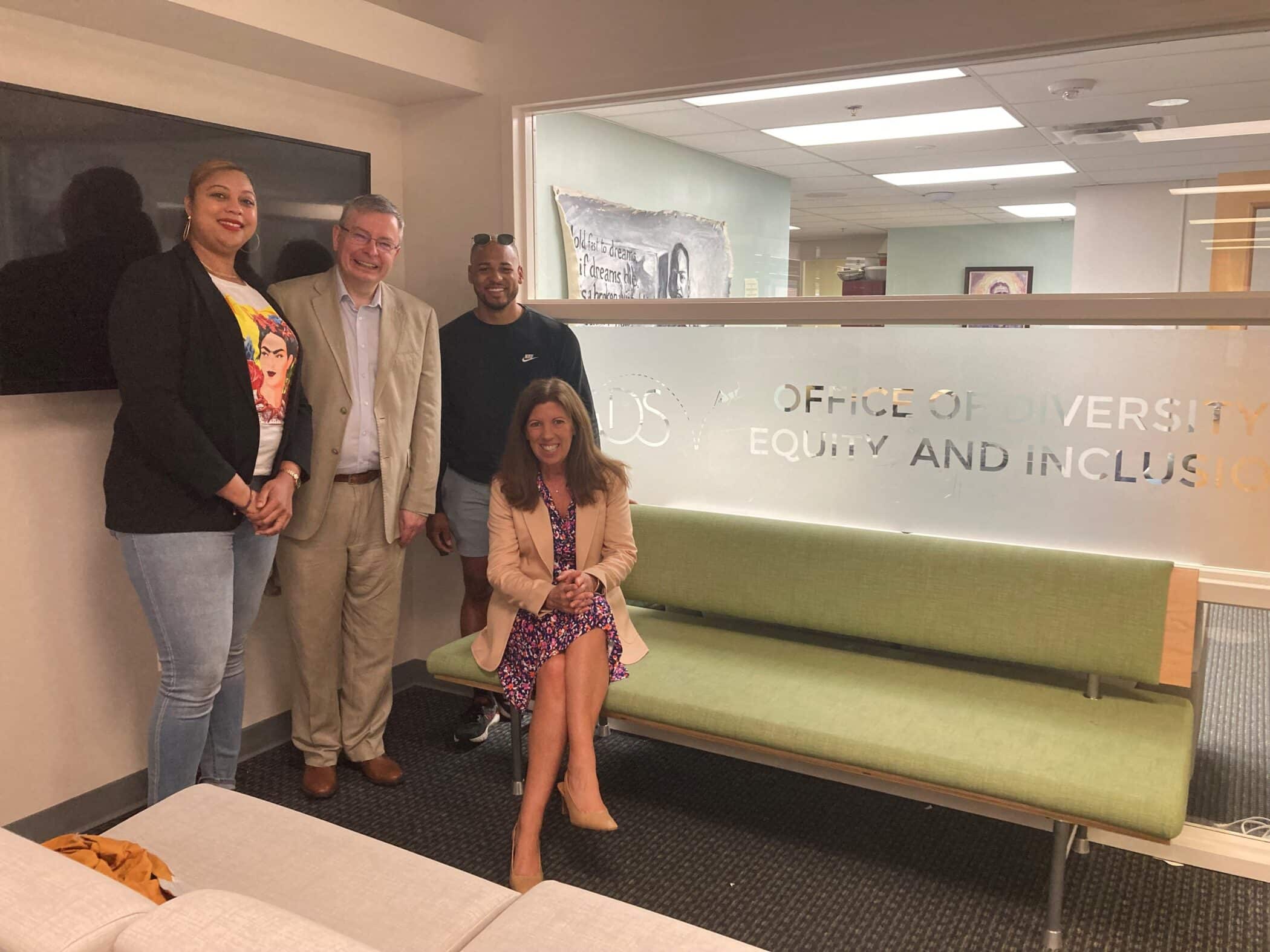
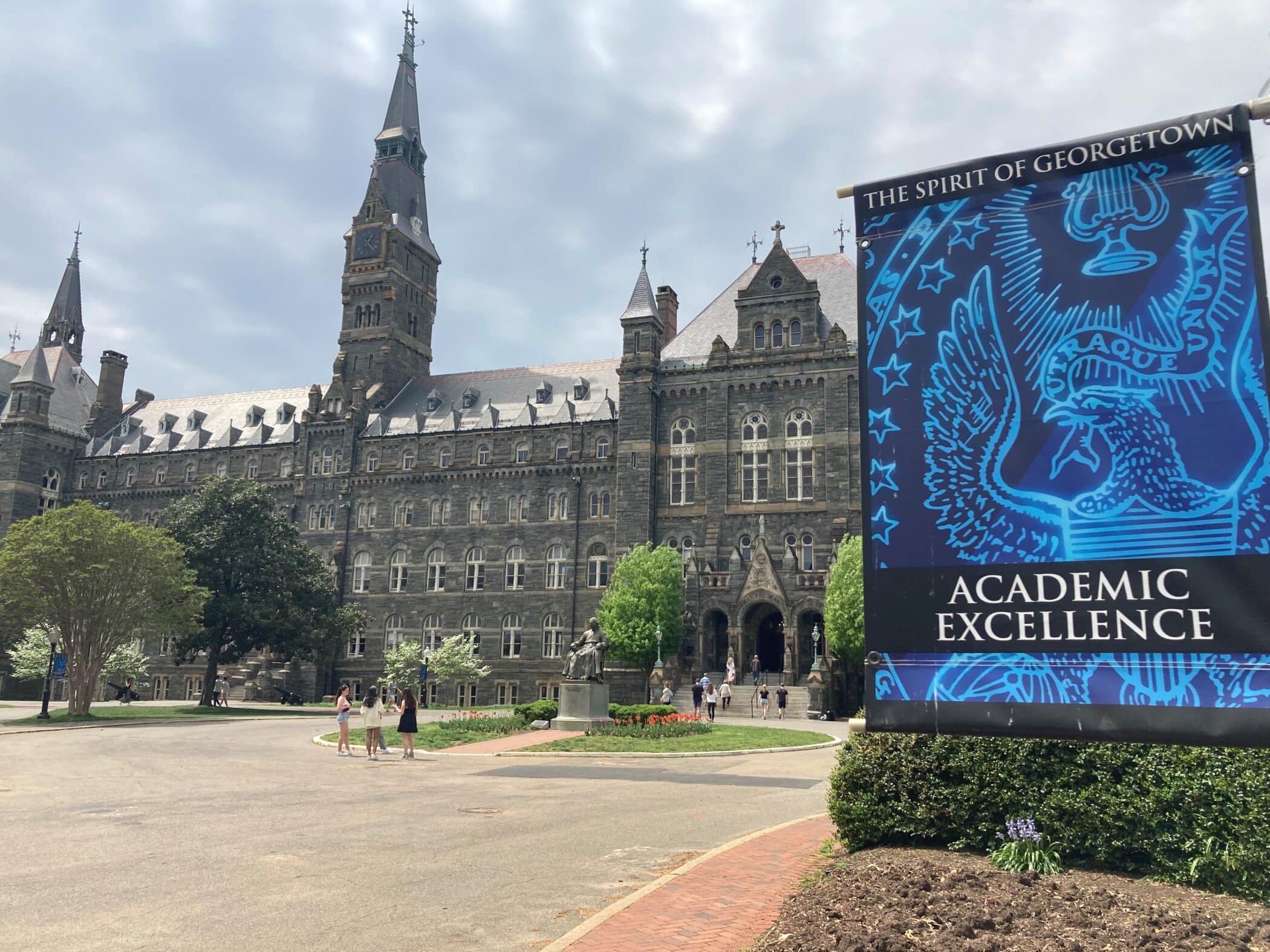

Some of the basics
It may come as a surprise to the visitor from the UK that US public school teachers often earn more than their independent school counterparts. Both sectors share a growing concern about the teacher supply pipeline and even in wealthy DC, recruitment and the attractiveness of the teaching profession to capable new graduates are substantial issues. The advantages of teaching in the independent system are nevertheless pronounced. They largely focus on the day-to-day experience of being a classroom teacher. Class sizes make a difference here, but so too does the amount of each day taken up by classroom teaching. In the schools we visited a 50% contact ratio was not uncommon, although teachers devote a great deal of their non-teaching time to individual and small group ‘advisories’ (akin to form tutoring). They are expected to be and they appreciate being readily available to students when not teaching to provide support via intensive one-to-one tutoring.
As in the UK, teachers’ contributions to extra-curricular activities are welcomed, but probably more often in DC the contributions are likely to be remunerated. Few staff stayed beyond the end of the school day. A contribution to the delivery of the extensive range of activities available to those students who wish to participate is largely voluntary. Several of the staff we encountered had remained in one school for between 15 and 30 years. In boarding schools, many long-standing staff live on campus, but the challenges of recruitment remain, especially when one is looking for candidates able to teach to a high standard as well as offering support to school activities and the boarding life of the school.
Washington, Maryland and Virginia can be beautiful places to live, but the house prices are high, driving some staff to commute significantly each day. In consequence, as in the UK, schools are needing to think creatively about how to attract and retain talent. The DC population comprises of large numbers of well remunerated professionals, lawyers, politicians, and eye-wateringly highly paid tech experts. Fund-raising is a significant activity for the Heads and endowments can run into the multi-millions.
Keeping children (and staff) safe
Two of the schools we visited were attended by the children of former Presidents Clinton, Obama and Trump: Sidwell Friends (a Quaker school) and St Andrew’s Episcopal respectively. Security is clearly an issue, with one Head volunteering that it was the one issue that kept them awake at night. Security guards were ubiquitous and at least one of the schools had visibly armed guards on the campus. Another school had recently been the target of a shooting when a local resident with mental health issues shot at the school from outside the campus. The school is still recovering from the trauma, though fortunately the incident did not result in fatalities. It was certainly quite a challenge for a first-time head, who clearly appreciated the support received from NAIS.
Issues of mental health and wellbeing are as significant as in the US as in the UK. We learned that issues of heightened anxiety post-covid, increased ‘neediness’ (also amongst parents), and the pressures of social media are all present. Our discussions were fascinating. The Heads were open and very happy to engage, even indicating a willingness to share some of their deeper insights at future HMC conferences and PD events.
Well-resourced schools are fortunate in being able to devote considerable staff time to the needs of students either through providing learning support, counselling or, depending on the circumstances, by reference to EDI advisors. At the McLean School, learning differences were an integral part of the school’s identity and the discussion with three seniors and one junior was amongst the highlights of the trip. Not only did these students understand their own learning needs, but they were profoundly respectful of the needs of others as well as being aware of the success of McLean in integrating them when other schools had been less successful.



The curriculum and assessment
There is no doubt that colleagues in the schools we visited enjoy much more freedom and flexibility when it comes to their curriculum and how it should be assessed. Without a pre-determined national curriculum, schools have much greater flexibility about what is taught and when. School schedules contain many of the same ingredients as in the UK, but the emphasis can vary and that allows each school to develop more of its own character. Whilst core modules continue to be taught, there is a strong emphasis on embedded deep and experiential learning and teaching: truly liberating for both students and their teachers. At the Episcopal High School in Alexandria, the timetable has been constructed to enable teachers to make use of Washington’s rich resources to support teaching and learning. A constant stream of minibuses make their way into town.
As a history teacher and a modern linguist, we were both pleased to see how significant these subjects are in the schools we visited. The Washington International School (WIS), for example, had bilingual streams with over two thirdsAt St Andrews Episcopal School, the USP is their Centre for Teaching and Learning which houses a fully funded research centre for developing and sharing pedagogical approaches and best practice. Teachers are expected to devote a considerable amount of time to the development of their own practice, with support from a dedicated research team currently of eight. The team was also active in supporting pedagogy in their public school district and those keen to learn more can contact them here.
As expected, sport plays a very prominent part in school life. Indeed, schools like Georgetown Day and Sidwell Friends have to manage national level students for whom sporting prowess will not only provide a gateway to university scholarships, but substantial pecuniary rewards. As in the UK, the need to balance the particular demands of these students with some semblance of a normal childhood provided staff with an interesting challenge. For most students, sports were an essential ingredient of the educational programme, provided in cavernous underground facilities in DC or in expansive acreage at the Madeira School or Episcopal High.
Perhaps less expected was the commitment in many of the schools to fine art, music and drama. The WIS IBDP art exhibition at the very end of the tour was another highlight as seniors exhibited and explained their final pieces in a black box theatre commandeered for the purpose. All the schools set great store by displaying student work and several schools had sizeable gallery spaces to do so.
On the other hand, little student work is in evidence in wall displays (except the art departments), and this space is often given over to positive affirmation statements. There is a strong sense of ‘intentional’ focus on fostering both a sense of belonging and a love for learning.





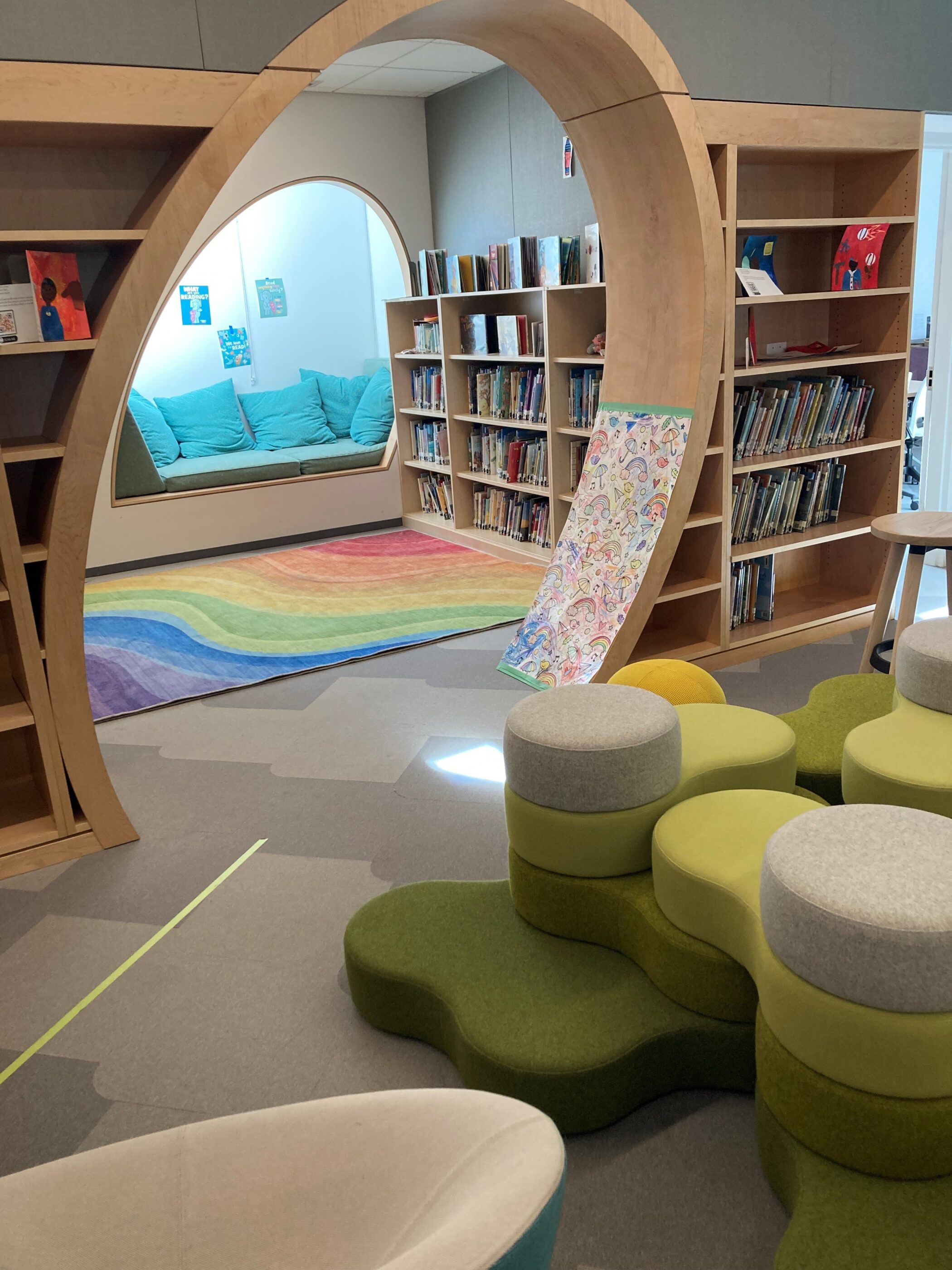


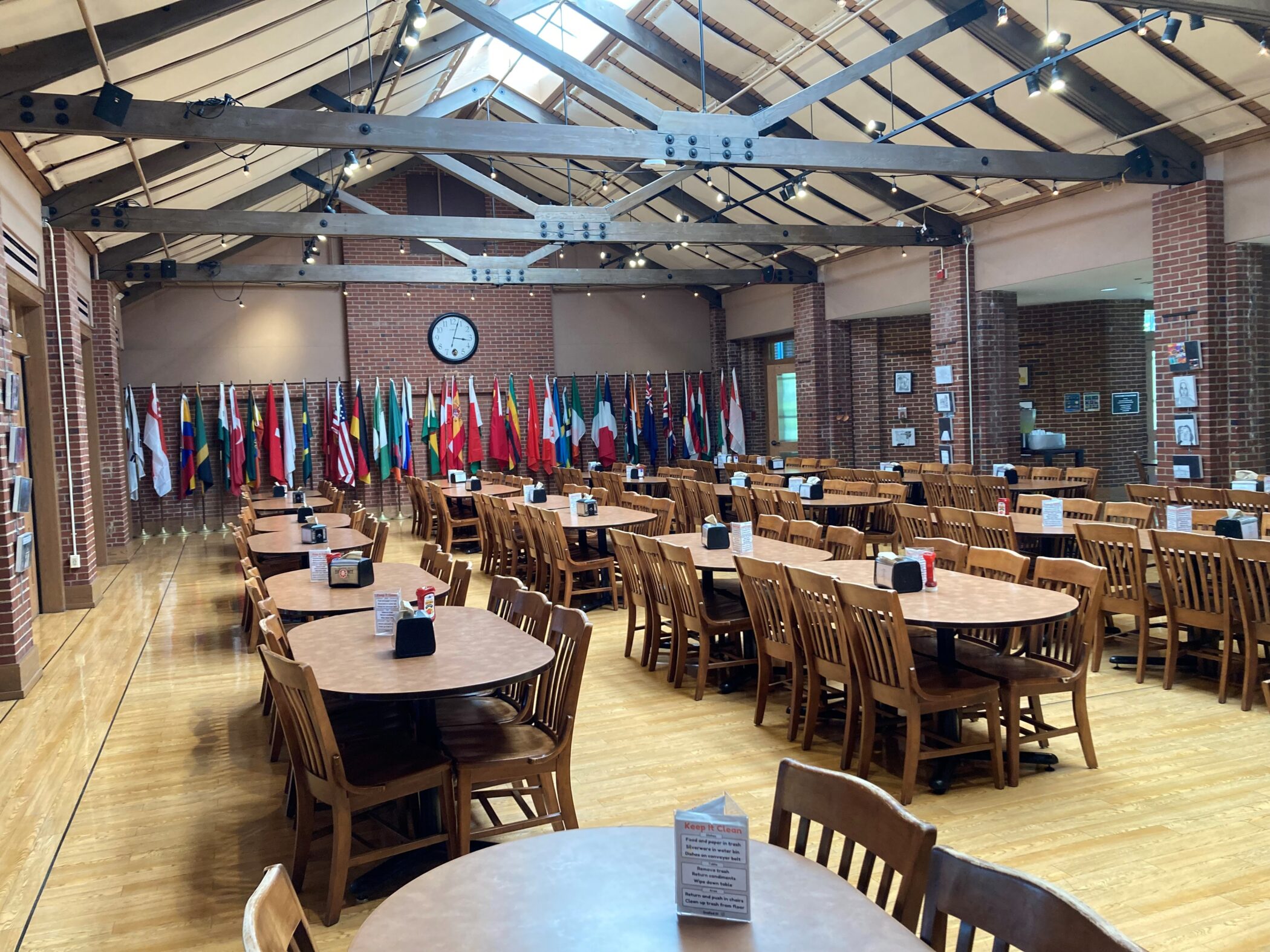
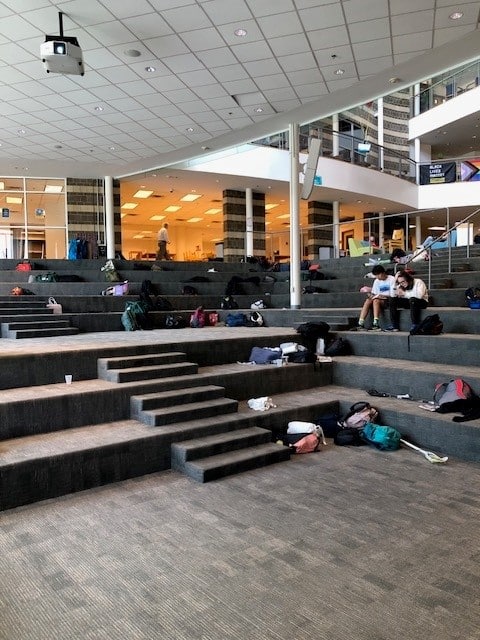


School and university
Standard assessments are partly used for university admissions. The two most well-known are the SAT (Scholarship Aptitude Test) and the ACT (the American College Test). Preparation for the tests outside school has almost become an industry in itself, but it is not particularly a focus for the schools we visited. AP (Advance Placement) classes, whilst still common, are increasingly being challenged as schools seek to devise their own programmes, often reflecting the individual interests and specialisms of the teacher or department. At Sidwell Friends, the school has completely abandoned APs, which in any case are taken too late to serve any useful purpose in university admissions. The universities prefer to rely on a combination of GPA (Grade Point Averages), full information about the school and its academic and co-curricular programmes such as the Model UN, Quaker Life Committee, Female Empowerment Mission, Activism through Art, student papers and submissions as well as the track record of the school and its students at the university. If used at all, the AP course may be a means of gaining credit towards college graduation requirements and thereby accelerating progress through university.
School profiles are publicly available, and typically include information about the school’s curriculum, approach to assessment including results, the student body and mission statement. The profile may also include information about Leadership Programmes and opportunities for service/civic engagement. Examples can be seen here and here.
Moving away from standardised assessments is possible in part because the university system is not dependent on government funding. Each university can set its own numbers (many are huge compared to UK institutions) and all have eye-watering endowments and legacies. The schools work at developing on-going relationships with the universities, and universities in turn understand that pupils applying from these schools have been well taught and prepared for academic success. Whilst there is some pressure from parents regarding Ivy League destinations, the schools provide extensive ‘College counselling’ which is focused on helping each individual to identify the destination that is likely to suit them best and where they can thrive and succeed. College (university) fees in the US can be similar to school fees at around 50,000 dollars a year. Courses are typically 4 years.
Some of the Heads spoke to us of a tendency amongst the most prestigious colleges to work to broaden access and this has certainly led to a reduction in the numbers getting into these institutions from independent schools. The schools nevertheless were all committed to trying to provide families with financial support, although one got the impression that capital programmes often still won out over access.
Fees
The fees that these DMV schools were able to charge were breath-taking. Healthy school finances supported the high standard and quality of education. Timetable flexibility allowed some schools to teach mathematics, for example, according to ability rather than year group. A tenth grader could therefore be seen alongside a senior working on a mathematical problem that we frankly did not understand. The most academically capable students could have courses written specifically for them and whilst this was by no means routine, the possibility inevitably caught us thinking about the cost. Schools invested in people and the lower stakes, lower accountability culture seemed to work for the overwhelming majority we saw and met.
ChatGPT (other Bots are available!) had caused considerable consternation when it first emerged towards the end of 2022. Our US colleagues seem to have moved beyond that now and all the schools we visited are learning to embrace its possibilities. They have developed policies for its use and work with the pupils on the ethical issues as well as collectively considering the strengths and weaknesses of the model, having discussions with students and parents about when it is appropriate or not to use the new technology – which everyone understands is not going away. Lower teacher-pupil ratios will certainly help underpin future progress.
Conclusion
Pupils are pupils wherever in the world they may be. Sharing knowledge and practice internationally is something that benefits all of us as individuals and educationalists. The potential for positive impact on our young people by working collaboratively is enormous. What was most striking about our visit was the welcome we received and the eagerness of Heads and schools to want to engage and learn.
We want to thank again our colleagues at NAIS and especially Donna Orem and Jefferson Burnett. Thanks also to the countless Heads, teachers, support staff and pupils we were able to meet. Your generosity and friendship will be long in our memories.
Get in touch
If you are interested in establishing connections with a school we visited (whether a similar type of school to your own or one that is very different), please do get in touch with Kate via [email protected].
During their visit the General Secretary and Director for Education visited the following schools:
Madeira School, Virginia
An all girls preparatory and boarding school (NoR 351)
Georgetown Day School, Washington DC
An independent co-educational school for boys and girls, preparatory to senior (NoR 1075)
Sidwell Friends, Washington DC
A Quaker school, co-educational, preparatory through to senior high (NoR 1142)
Edmund Burke Shool, Washington DC
A progressive, co-educational, preparatory through to senior high school (NoR 315)
St Andrews Episcopal School, Potomac, Maryland
A co-educational, preparatory through to senior high school with research-informed practice (NoR 704)
McLean School, Potomac, Maryland
A co-educational, preparatory through to senior high school, following the Abilities Model – teaching children with learning challenges (NoR 500)
Episcopal High School, Alexandria, Virginia
A fully boarding, co-educational high school (NoR 440)
Washington International School, Washington DC
A co-educational international day school on two sites, preparatory through to senior high using the IBDP (NoR 900)